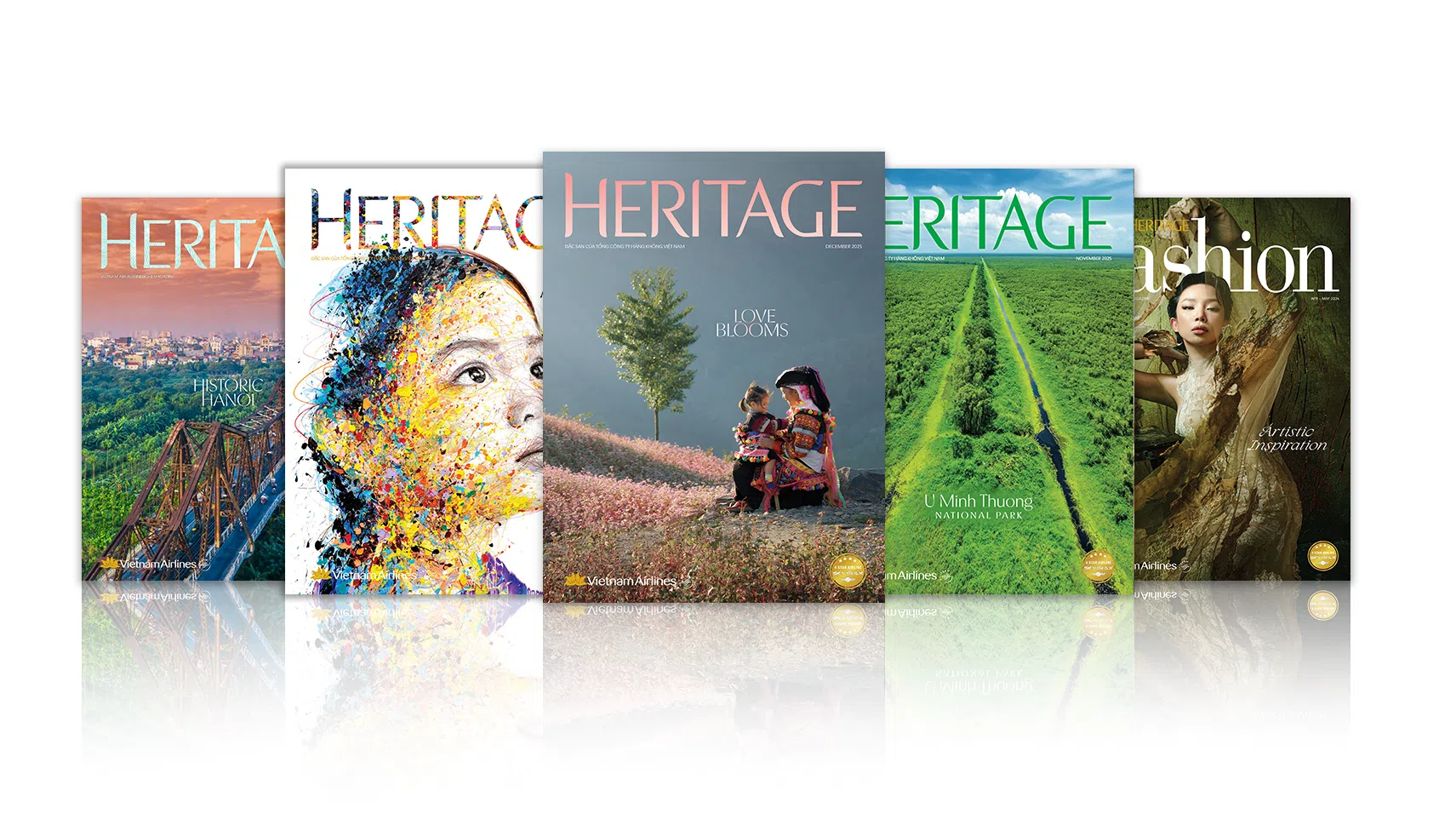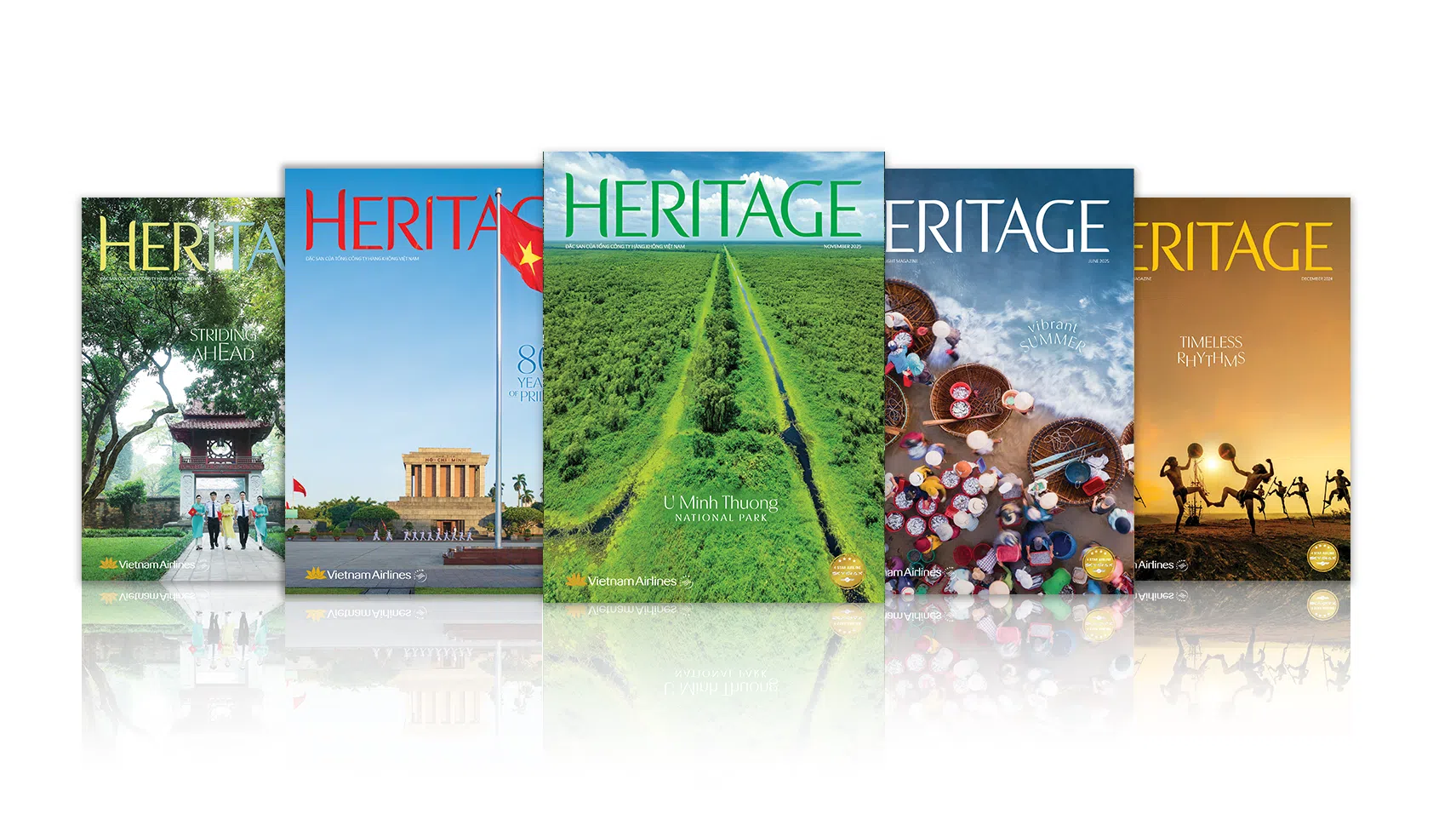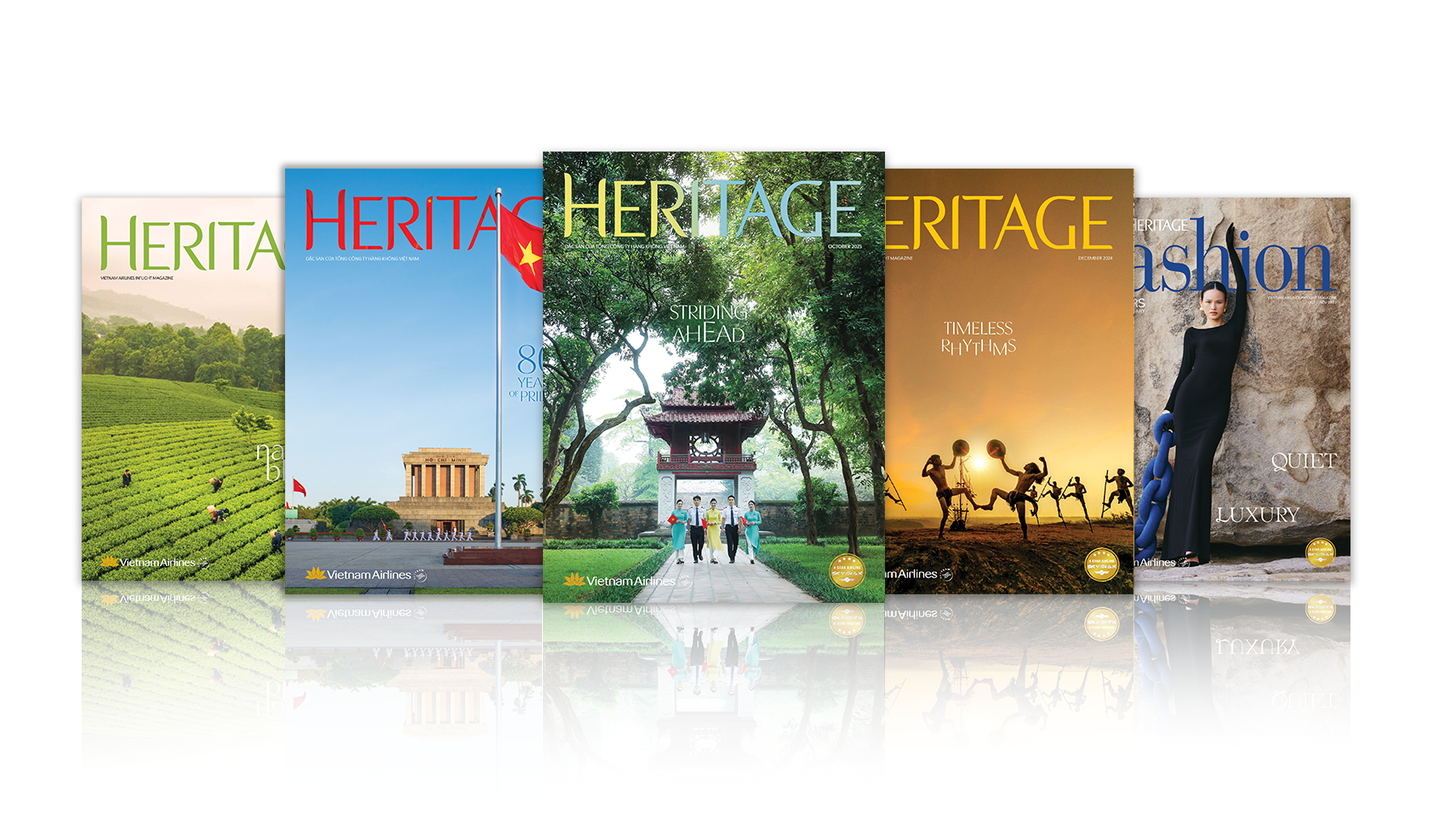Story MINH NHAT
Photos INTERNET
While traditional capitals such as Paris remain the center of the fashion universe, new cities are emerging to bring abundant creativity and resources to the global industry.

Looking at the Paris model
As Yueyue Sai, a market expert at Bottega Veneta in Shanghai, China, said: “You can study any field, from marketing, business administration, journalism to public relations, because a fashion brand will need all of these. However, to get closer to the dream of working for a brand, your living and studying environment should be centered around major fashion hubs.”
The perspectives of industry leaders confirm that major cities remain the epicenters of fashion activities, where the industry truly thrives. Paris, France, is the most iconic example of a city favored by fashion. It is the birthplace of historic brands like CHANEL and YSL and the headquarters of LVMH, a leader in luxury retail and distribution.
According to the French Fashion Institute IFM (Institut Français de la Mode), the six fashion weeks held in the “City of Light” can generate EUR10 billion in revenue annually, corresponding to the total number of confirmed purchase orders. In Paris, fashion has also had a profound impact on history and popular culture. On June 14, 1940, German troops occupied Paris, and just days later, many famous designers began leaving the city or closing their brands. However, Adolf Hitler could not ignore the cultural imprint that haute couture had built for France. As part of his plan to turn Germany into a cultural center, Hitler attempted to relocate haute couture houses to Berlin.
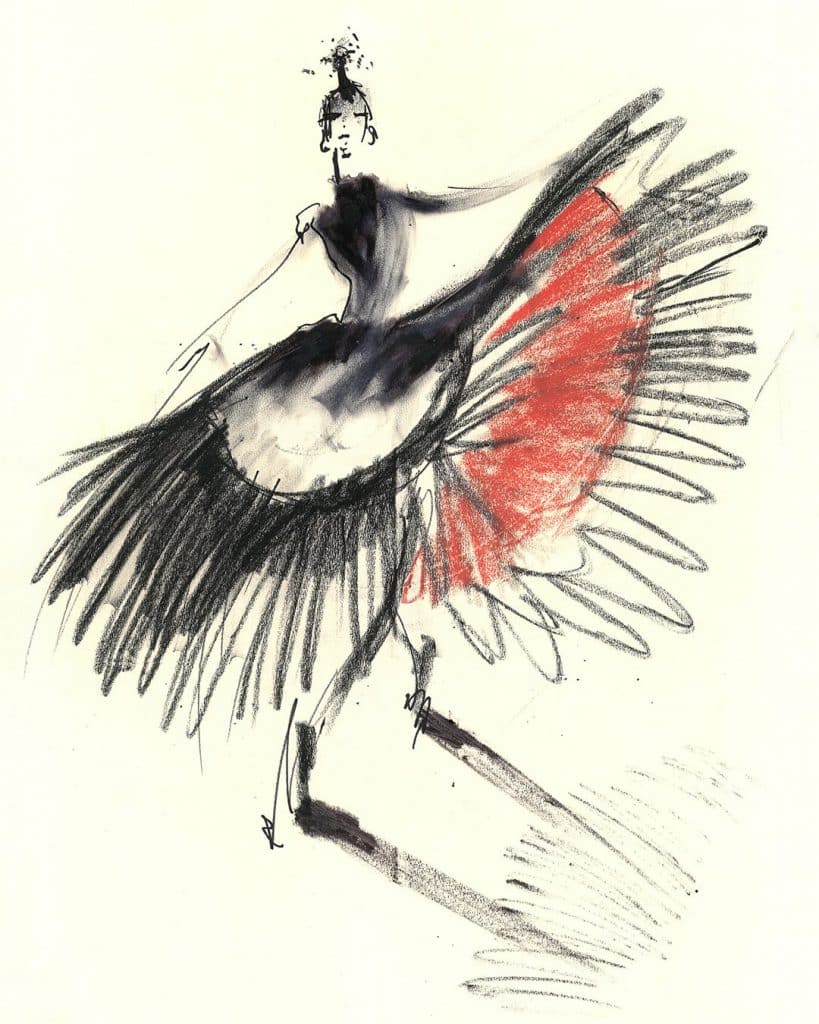
However, he had to yield to the argument of Lucien Lelong, a leading French haute couture designer, who said that the industry could only operate within the cultural environment of Paris. This was largely due to its reliance on auxiliary industries developed over many years, including leatherwork, shoemaking, hat-making, silk flowers, buttons, embroidery, fabric dyeing and jewelry crafting. Since the early 20th century, the French fashion industry, particularly in Paris, has flourished with exquisite craftsmanship and an undeniable cultural heritage.
To this day, French style remains woven into the fabric of Paris, evoking images of freedom, individuality and a unique aesthetic taste. In 2024, fashion became a significant force behind the Olympic Games when LVMH announced a EUR150 million sponsorship. Shortly after, LVMH signed a 10-year sponsorship deal for Formula 1, starting in 2025. Paris continues to solidify its position as the world’s most powerful fashion capital, even as new “capitals” are emerging more strongly than ever.
The vision of new fashion capitals
For the Spring/Summer 2025 season, the Asian fashion community was abuzz when Balenciaga chose Shanghai as the location for its latest show. This marked the first time a French luxury brand selected the Chinese city as the venue for a show, drawn in part by the local government’s First in Shanghai campaign that offers incentives to attract major brands. The success of First in Shanghai motivated Supreme and Mugler to open their first stores in China, while also promoting LOEWE’s Crafted World exhibition and a series of pop-ups by Gucci.
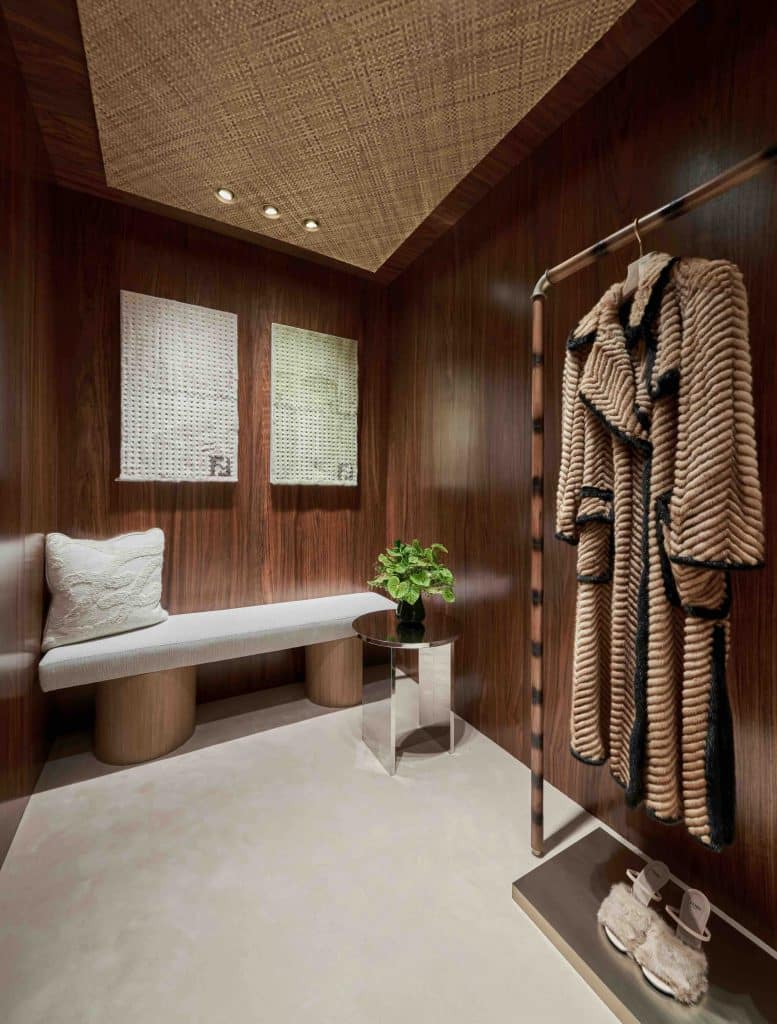
Meanwhile, Seoul, South Korea, is striving to assert its position as it is admired by many Asian countries for its K-pop culture and refined, meticulous lifestyle. This has driven the demand for fashion, particularly among customers in their 20s and early 30s. In Europe, Berlin’s industrial style emerged as a new phenomenon in the 2020s. Techno music dominated nightclubs, leading to fashion trends born in these clubs, which have flourished on runways and spread globally.
In Vietnam, the consecutive appearances of major brands in Ho Chi Minh City signal a bright future with numerous high-end fashion activities taking place in the city. Domestic brands are also attracting attention from neighboring countries. Fashion is increasingly asserting its importance in driving the economy, creating jobs in related industries such as garment manufacturing, advertising, media, entertainment, transportation and tourism. In the modern context, where ideas from local creative communities can easily become global phenomena, these cities are becoming artistic hubs. Ultimately, the world’s most stylish cities are not just places that follow trends but also capitals that create them.







